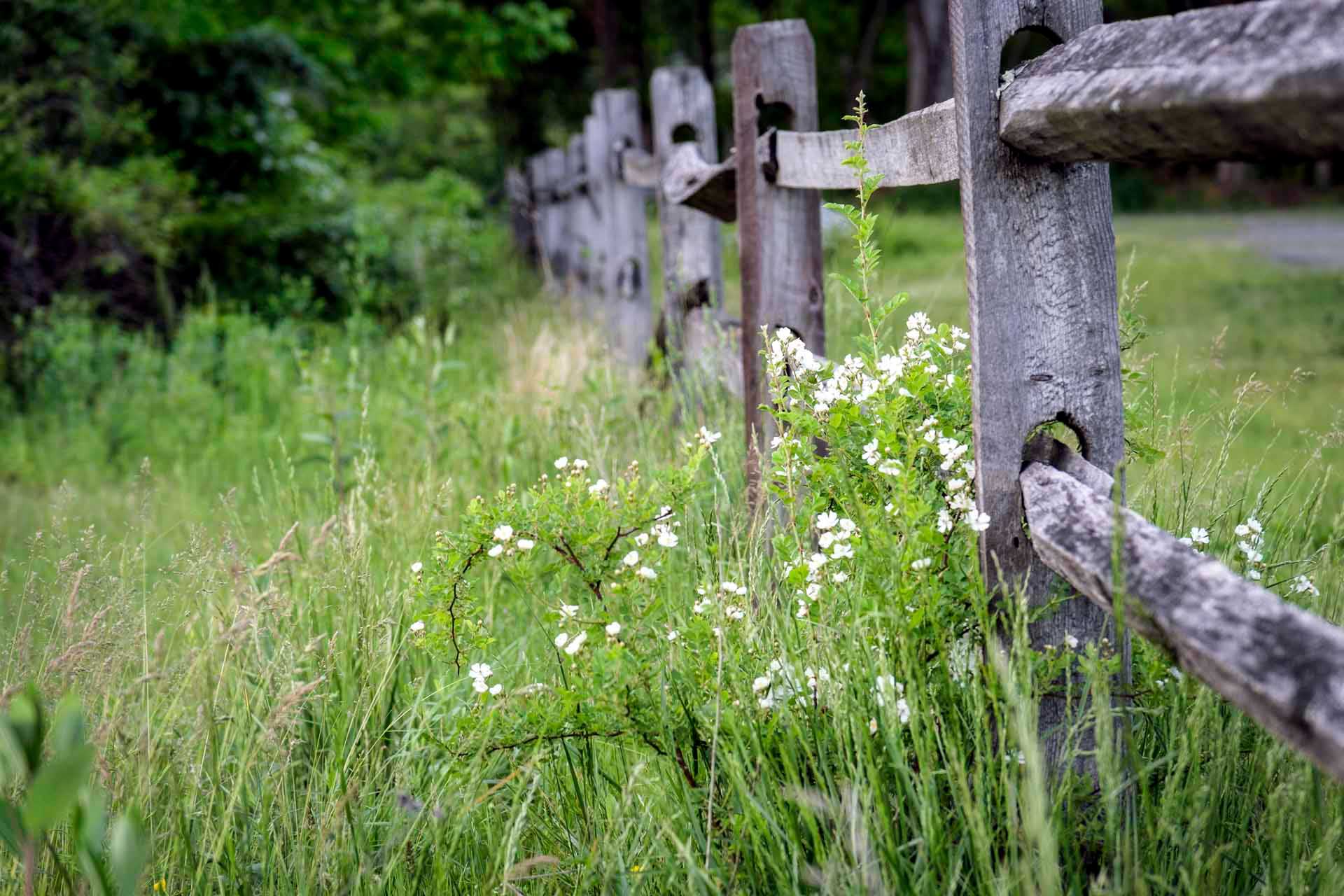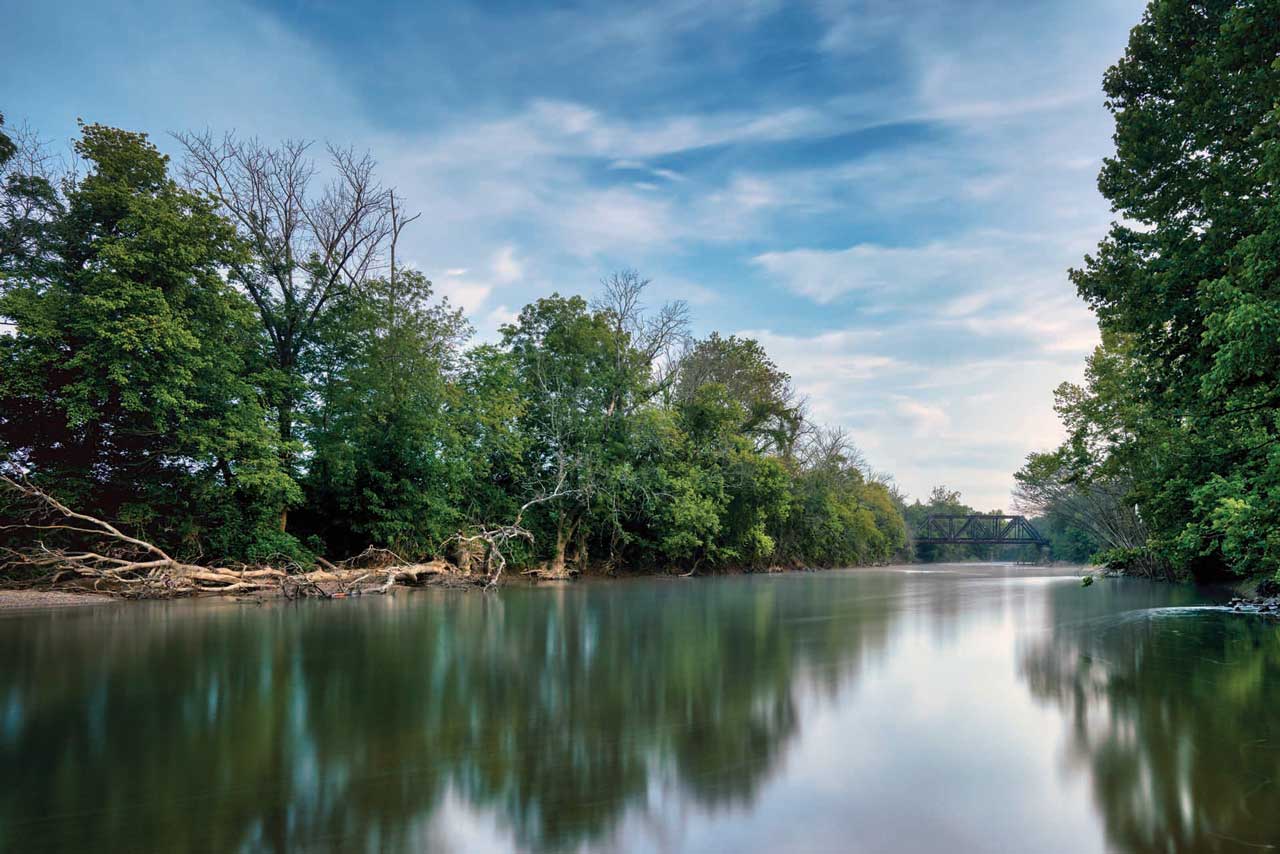
Kelly's Ford Battlefield, Culpeper County, Va.
A total of eight Civil War campaigns touched Culpeper County, more than any other community in the nation and clashes between jockeying armies occurred with regularity, particularly around fords and strategic crossroads. Although there were also engagements at Culpeper Court House, Morton’s Ford and elsewhere, preservation activities at Kelly’s Ford and Rappahannock Station place them within the state park’s ecosystem.
Kelly's Ford
“I wish you would put up your sword, leave my state, and go home. You ride a good horse, I ride a better. If you won’t go home, return my visit, and bring me a sack of coffee,” taunted Brig. Gen. Fitzhugh Lee to his old West Point buddy and Union cavalry officer, William Averell.
Lee’s note — left for Averell after he conducted a daring raid north of the Rappahannock River in February of 1863 — was not without merit. Since the outbreak of the war in 1861, Confederate horsemen had routinely routed Union cavalry. At the sight of their horsemen on the roads, Northern soldiers would famously shout, “There’s going to be a fight! The cavalry’s coming back!”

Culpeper County, Va.
That began to change on January 25, 1863, when Maj. Gen. Joseph Hooker assumed command of the Army of the Potomac. Hooker transformed scattered mounted brigades into a formal Cavalry Corps, and by March of 1863, what the newly organized Union Cavalry Corps lacked in confidence, experience and leadership, they made up for in superior equipment and numbers, outnumbering their Confederate cohorts in both men and horses.
Averell, goaded by Lee’s barb, requested to cross the river to “’rout or destroy’” Fitzhugh Lee and his command as they sheltered south of the river near Culpepper Courthouse in Virginia. After Hooker granted his request, Averell took his force of 2,100 Union cavalrymen at daybreak on March 17 and crossed the Rappahannock at a low passage in the river dubbed Kelly’s Ford, 25 miles upstream from the city of Fredericksburg.
A furious Averell specifically made the choice to reintroduce the saber in his hunt for Lee, telling his men to “sharpen their sabers and expect to win.” And in what would become the first all-cavalry action of the war, Averell’s men engaged Lee’s much smaller force of 800 in open battle.
Pressing their advantage nearly two miles across open ground, the Union riders were then repulsed five times by gray-clad sharpshooters before Lt. Simeon Brown managed to press through on the sixth charge and dislodge Lee’s men on the southern bank. The Confederate forces, exhausted from a full day’s fight and disheartened by the mortal wounding of J.E.B. Stuart’s chief artilleryman John Pelham, were in complete disarray.
Yet, with the momentum and advantage swinging toward the Union side, Averell “lost his nerve and withdrew to Union territory that evening.” Despite failing to achieve his primary objective, the clash proved that the refitted Union cavalry was, at long last, able to contend with the vaunted Confederate troops.
“It was a square, stand-up fight of over four hours duration, and the result proves that our cavalry, when well handled, is equal if not superior to the enemy,” a member of the Fourth New York Cavalry later recalled.
The battle help set the stage for the June 1863 fight at Brandy Station and set in motion the ultimate cavalry clash at Gettysburg that July.
The Second Battle of Rappahannock Station
It was the Forgotten Fall of 1863, but for the men under the command of Gen. George Meade, that November was full of skirmishes up and down the Orange and Alexandria Railroad as Confederate Gen. Robert E. Lee made his way back into Virginia following his defeat at Gettysburg.
The Battle of Rappahannock Station, the second time a clash had occurred near the small Virginia village, was the first major Union offensive attack since Gettysburg. Gen. Meade, pressured to make a move on Lee before campaign season concluded and buoyed by the slight Union success on October 14 at the Battle of Bristoe Station, devised a two-prong attack to dislodge the Confederate army hunkered down along the south bank of the Rappahannock River in Culpeper County.

Culpeper County, Va.
Then, according to Battlefield Tours of Virginia, General Lee established a “strong defense fortification on the north bank of the Rappahannock…. This foothold on the north bank, connected by a single pontoon bridge, would help to prevent a flanking movement by the enemy and would also make them divide their forces.” To Lee, Meade would be forced to play right into his hands.
Meade would, in fact, split his forces. He tasked Gen. John Sedgwick to attack Lee’s fortifications at Rappahannock Station and Gen. William H. French with a forced crossing at Kelly’s Ford — but the November 7 battle soon became a rout for the Confederacy.
Lee’s plan depended on a smaller detachment of men, the famous Louisiana Tigers under Jubal Early, to hold off General Sedgwick’s soldiers at the Rappahannock Station bridgehead until the larger contingent of his army was able to quell General French at Kelly’s Ford. Very little went Lee’s way, however.
General Sedgwick shelled the Confederate Tigers all day but made no move in the daylight, leading Lee to believe this was only a feint. As daylight faded, however, Sedgwick released a rare nighttime attack, and a vicious bayonet assault ensued. Shadows engaged in hand-to-hand combat that led to a melee, with the Confederates believing Meade’s force to be much larger than it was.
More than 1,600 men clad in gray were captured, forcing General Lee’s army farther south into Orange County, as Meade’s men settled in around Culpeper for the winter.
Related Battles
419
1,674









